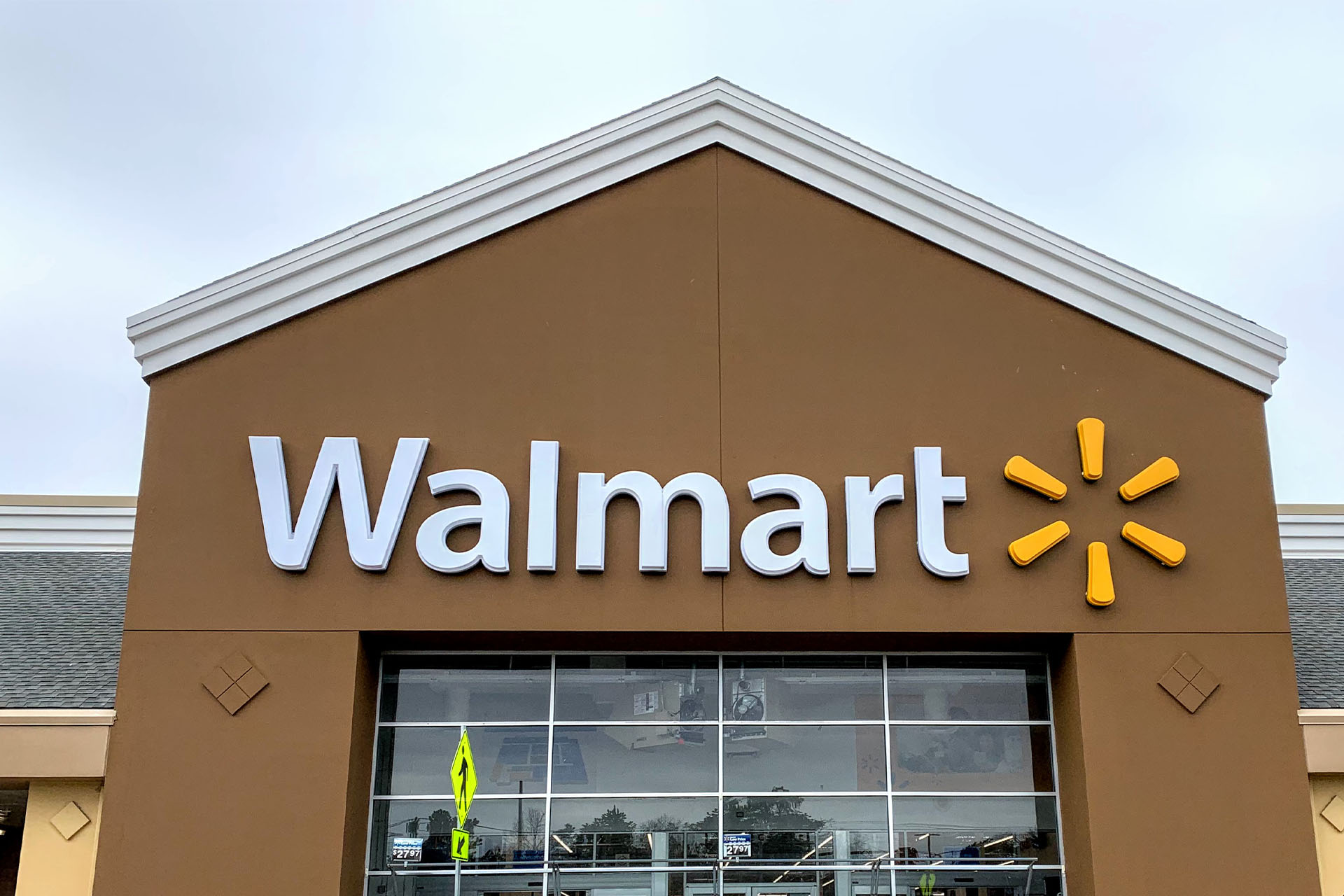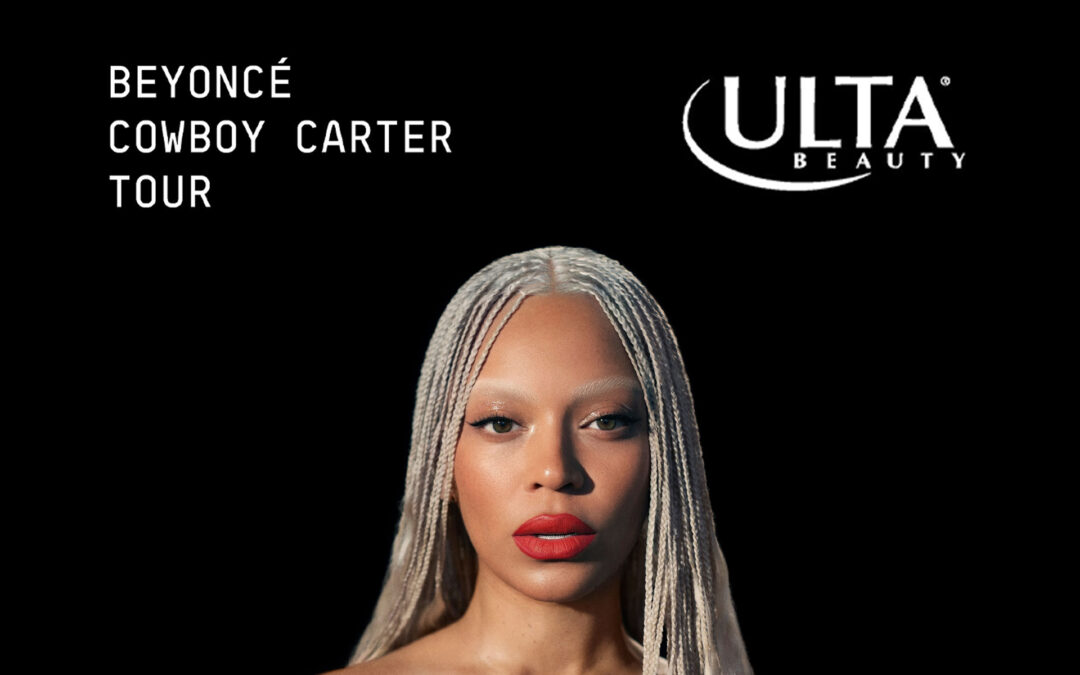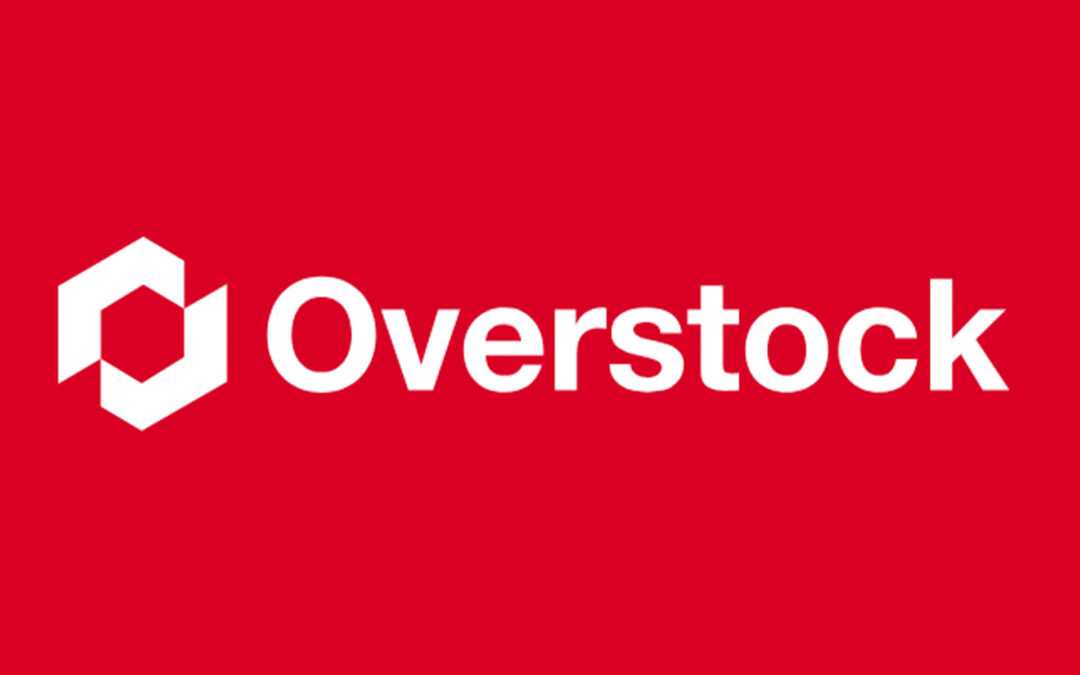At a time when a pair of dynamics — more scrutiny of major retail operations by regulators and the growth of retail media — are impacting the marketplace, Walmart has notified two federal antitrust agencies it will withdraw and refile a certain review application addressing its recent move to acquire Vizio, according to a report by the Reuters news service.
Reuters reported Walmart, after informal discussions with the United States Federal Trade Commission and the Department of Justice, pulled its previously filed Hart-Scott-Rodino notification and report form on March 27, with plans to refile on March 29.
The notification falls under the Hart-Scott-Rodino Antitrust Improvements Act of 1976 that, Reuters noted, among other things, requires companies to report large transactions to both the agencies for antitrust review.
In February, Walmart announced it would acquire smart TV and streaming content provider Vizio for $11.50 per share in cash, an equity value of $2.3 billion. With the streaming service, Walmart is in a position to enhance services offered to members. However, the deal also gives Walmart new resources to expand its media business.
Retail media and advertising have become an increasingly important consideration. Amazon is a leader in the advertising arena, generating about $14.65 billion in the fourth quarter alone. In Walmart’s fourth-quarter earnings call, Doug McMillon, Walmart’s president and CEO, said, “Globally, we drove advertising growth of 28% for the year to reach $3.4 billion. Our announcement today that we’ve agreed to acquire Vizio gives us the opportunity to reach and serve customers in new ways, and connect more dots for those that advertise with us.”
John David Rainey, Walmart executive vice president and CFO, added, “We’re excited about our agreement with Vizio to bring together their unique operating system and our Walmart Connect advertising business. This combination would create new opportunities for advertisers to connect with customers, empowering brands to realize greater impact from their advertising spend with Walmart.”
In another example of media and advertising initiatives, The Kroger Co., the largest grocer in the United States continues to build its retail network and, in its fourth-quarter conference call, Rodney McMullen, Kroger chairman and CEO, said he thinks Kroger’s share of consumer packaged goods media spend should be proportional to the amount of product CPG companies move through its retail network.
However, as companies develop new revenue streams, regulators are taking a closer look at existing operations, including merger and acquisition moves, such as Walmart’s Vizio purchase.
The Walmart move came shortly after the FTC stepped in to act against Kroger’s proposed merger with Albertsons Co., declaring that the combination by eliminating competition between Kroger and Albertsons, would lead to higher consumer prices for groceries and other essential household items. In vowing to fight the action, Kroger insisted its business model is centered on taking costs out of operations and investing to lower prices for customers, citing a history of lowering grocery cost to consumers.
In another case, observers cited regulatory scrutiny as a cause of an Amazon and iRobot combination falling through, although concerns expressed by European Union officials were an element in stalling that deal.
It’s not all mergers and acquisitions, however. Under more activist leadership, the FTC also took antitrust action against Amazon. The commission did not call for a breakup of the company but the end of certain practices it designated as uncompetitive. Amazon issued a statement pushing back and saying that the practices FTC targeted actually promote competition and help lower prices to consumers, and that it would contest the FTC action.
Given the regulatory climate, Walmart’s move might have been made in an abundance of caution as it sought to ensure its acquisition of Vizio will have the best change of passing regulatory muster.





